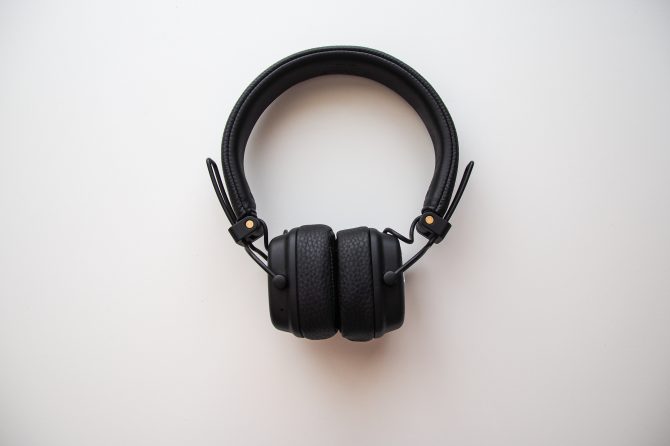
AEP (Acoustically Evoked Potentials)
The Acoustically Evoked Potentials (AEPs) test involves placing electrodes on the scalp of the patient, typically over the temporal cortex, which is the part of the brain responsible for processing auditory information. The patient is then presented with auditory stimuli, such as clicks or tones, while the electrodes record the electrical activity generated by the brain in response to the stimuli.
The Acoustically Evoked Potentials (AEPs) test can provide valuable diagnostic information for a range of auditory and neurological conditions, including hearing loss, auditory processing disorders, and multiple sclerosis. The test can also be used to monitor the progression of these conditions over time, and to evaluate the effectiveness of treatment interventions.
In addition to clinical applications, AEP testing is also used in research to study the auditory system and its functions. Researchers have used AEPs to study auditory perception, attention, and memory, as well as to investigate the effects of various medications and substances on the auditory system.
The AEP test has several advantages over other methods of assessing auditory function, such as pure-tone audiometry or speech audiometry. It is non-invasive, quick, and easy to perform, and does not require the patient to actively participate or provide verbal feedback. The AEP test is also highly sensitive to changes in auditory function, which makes it a valuable tool for detecting subtle abnormalities in the auditory system.
However, there are some limitations to the AEP test that should be considered. The test can be affected by factors such as age, gender, and the presence of other medical conditions, which can lead to variability in results. Additionally, the test may not be suitable for patients with certain neurological conditions, such as epilepsy, due to the risk of inducing seizures.
Overall, the Acoustically Evoked Potentials (AEPs) test is a valuable tool for assessing auditory function in a variety of clinical and research settings. Its non-invasive nature and sensitivity to changes in auditory function make it a valuable complement to other methods of evaluating auditory function, and a useful tool for diagnosing and monitoring a range of auditory and neurological conditions.

